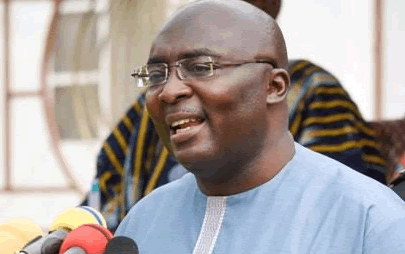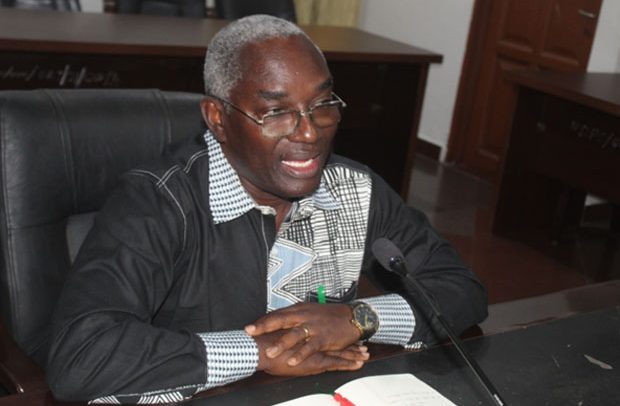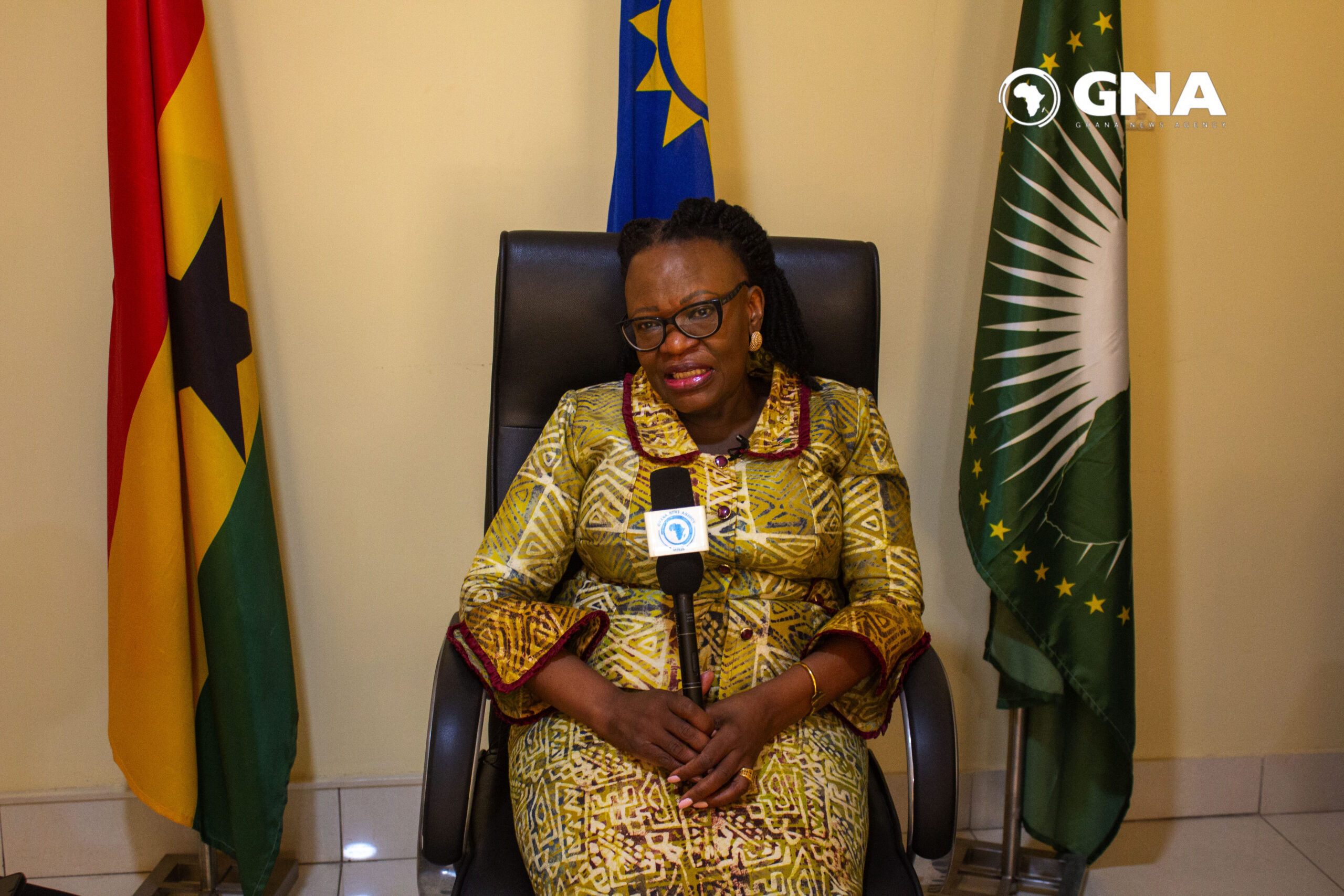
Three quick points on improving value capture in Ghana’s lithium agreement
1. The increase from fixed royalties to a sliding scale proposal from Bright Simmons, IEA and others is welcome. The increment has to be on price instead of operating margins; the latter will make it difficult to administer, as Fui and Ansah suggest. The agreement must clearly establish the pricing benchmark or reference (e.g., using spot or futures contracts on the Guangzhou Futures Exchanged (GFEX)) to prevent base profit shifting.
Furthermore, an upfront higher royalty payment may compensate and possibly remove the need for any after-tax adjusted windfall taxes, which we may never collect anyway due to the creative accounting that extractive companies sometimes employ [we should learn lessons from the oil and gas sector with the AOE].
So, for example, a 10 percent base royalty plus a sliding scale going up to, say, 17.5 percent in 2.5 percent increments depending on the price of lithium carbonate [this needs to be formally modelled and tested on how it impacts the project economics].
We must also discuss whether the royalties will be ring-fenced for calculating corporate income tax (CIT). That is, whether the royalty payment should be a cost-deductible expense. According to the Minerals Commission website, mining royalties are currently tax deductible as part of the mining fiscal incentives.
2. For the estimated US$185 million capital cost of the project and its huge upside, I expect Ghana, through MIIF, to increase their additional participating stake from the 6 percent stake in the local assets to, say, 10 percent to 12 percent. Money shouldn’t be a problem as the Treasury could provide a block grant or loan to MIIF, which it must repay at an agreed interest rate. More value will be retained in Ghana with MIIF as a partner.
The additional 3 percent in the shares of Atlantic Lithium [the holding company] is fine for me, subject to the anti-dilution clauses they’ve signed in the agreement with Atlantic Lithium.
3. Local value addition beyond the export of spodumene concentrate (SC6 or 5.5- i.e. 6 percent lithium oxide and 5.5 percent lithium oxide) is fundamental. Atlantic Lithium lists a conservative US$1,587 per tonne as a baseline life of mine (LOM) concentrate price for FOB Ghana port, which is a fair figure given historical prices. Converting the spodumene concentrate (SC6 or 5.5) via further processing to battery-grade lithium carbonate [99.5 percent Li2CO3 minimum purity] or lithium hydroxide will significantly increase the value added by over four to five-fold based on 5-year average prices.
However, this requires additional investments. Local value addition must not necessarily be by Atlantic Lithium as their core competency is exploration and mining; also, the company has reportedly already sold 50 percent of the Ewoyaa output to Piedmont, which plans to construct a refinery in Tennessee, USA, leveraging recent Biden administration measures such as the Inflation Reduction Act [IRA].
Ghana must engage other refineries who want to jointly develop that market with us; this is where the joint venture concept makes a lot of difference. They can then use the other concentrates from Atlantic and other lithium mining companies currently exploring but have yet to commence production to feed their factory.
Based on further checks with people in the mining and metals industry, such refineries need about 2 to 3 large mining projects to be operational to achieve economies of scale.
The volumes from only the single Ewoyaa mine may not be enough to justify any major refinery in the country.
Luckily, most of the Central Region, from Mankessim, Saltpond, Apam, Winneba, and Cape Coast, has lithium and other base metals like feldspar, columbite, and tantalite [remember the defunct Saltpond ceramics factory built by President Nkrumah]. Setting up a refinery should be a possibility in the near future. Thus, beyond the fiscal regime, the conversation should focus on how Ghana and other players beyond Atlantic Lithium will be prepared to offtake the spodumene concentrate and produce battery-grade lithium carbonate or hydroxide for exports and local consumption to feed the nascent automotive industry.
The extant literature shows that lower energy density materials (LFPs) typically use lithium carbonate (Li2CO3) as a component precursor chemical.
In contrast, higher energy-density materials (NMCs) generally use lithium hydroxide (LiOH). NMCs are typically preferred in the automotive industry in regions like Europe and the US, where high energy density is a preference due to range anxiety and inadequate charging infrastructure. All of this must be anchored on a Green Minerals Value-Added development plan, which maps out the entire value chain and how Ghana can meaningfully participate in it, leveraging the power of the African Continental Free Trade Area (AfCFTA) to become a regional precursor battery manufacturer. We could even process other lithium ores from other countries in the sub-region and beyond.
The post Ghana needs a green minerals value-added development plan appeared first on The Business & Financial Times.
Read Full Story






















Facebook
Twitter
Pinterest
Instagram
Google+
YouTube
LinkedIn
RSS